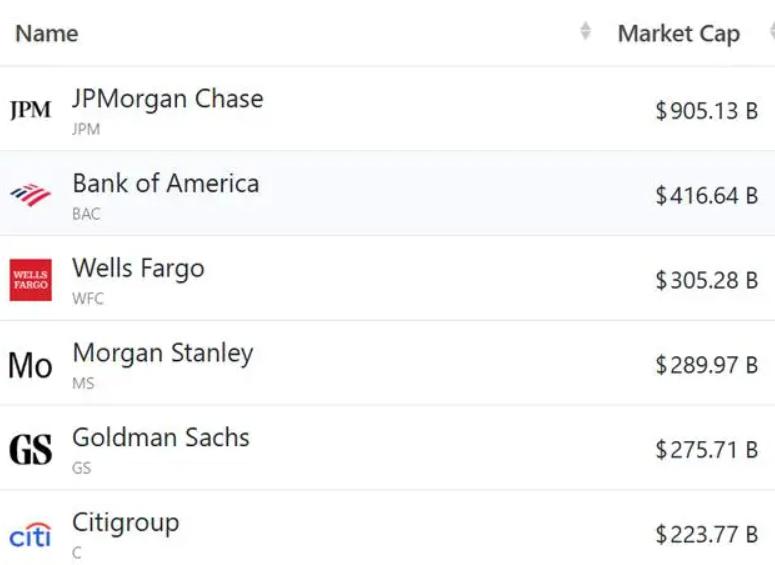
Since the beginning of 2025, the price of gold has been advancing all the way, and the international gold price has been breaking through a record high. On the morning of February 11, spot gold rose in a straight line, standing at $2,920 / ounce. Behind this wave of gold prices to record highs, there is a deep and complex logic.
Firstly, geopolitical risks are a key factor driving up the price of gold. Since 2024, incidents such as border conflicts between Lebanon and Israel and the stalemate between Russia and Ukraine have occurred frequently. These conflicts and tensions have significantly increased market uncertainty, and investors' confidence in risky assets has decreased. They have turned to gold as a safe haven asset, driving up demand for gold and driving up prices.
Secondly, monetary policy and the credit factor of the US dollar are also crucial. Although the pace of the Federal Reserve's interest rate cuts is controversial, the market generally expects to enter a loose cycle in 2025, with the US dollar index falling and real interest rates falling, making gold a significantly more attractive non interest bearing asset. In addition, some states in the United States have announced that gold will become a legal tender with the same status as the US dollar, which indirectly reflects the instability of the US dollar credit system and further increases investors' preference for gold.
Furthermore, the global central bank buying frenzy has provided strong support for gold prices. The World Gold Council report shows that in 2024, global central bank purchases of gold exceeded 1000 tons for three consecutive years. Emerging market countries are actively increasing their gold reserves to cope with the contraction of US dollar credit and uncertainty in the international financial market. This sustained central bank gold purchasing behavior has laid a solid foundation for gold prices from the demand side.
From the perspective of asset allocation, investors will reassess their investment portfolio due to the rise in gold prices. Due to the low correlation between gold and traditional assets such as stocks and bonds, financial institutions and investors will increase the allocation of gold in their asset portfolios from 3% -5% in the past to 8% -10%. The rise in gold prices has also driven the strengthening of the A-share precious metal sector, with leading stocks such as Shandong Gold and Chifeng Gold showing active performance, attracting more funds to flow into the mining sector. In addition, the trading activity of derivative markets such as gold futures and options has increased significantly, and the open interest contracts of COMEX gold futures in New York have surged. Traders use spread arbitrage tools to capture volatile returns, but it also exacerbates market liquidity risk.
The rise in gold prices usually increases the value of commodity currencies such as the Australian dollar and Canadian dollar, as their economies are highly dependent on natural resources. Moreover, there is an indirect link between the price of gold and the exchange rate of the renminbi, which may lead to fluctuations in market confidence in renminbi assets, affecting capital flows and ultimately impacting the renminbi exchange rate. When the price of gold continues to rise, the market may see it as a signal of rising inflation expectations, which in turn may have an impact on monetary policy. The central bank may curb inflation expectations by raising interest rates or adopting other contractionary monetary policies.
Financial institutions need to reassess their asset portfolios and risk management frameworks. Against the backdrop of skyrocketing gold prices, credit risk may increase as some gold related loans or investment projects may face value volatility risks. At the same time, market risks have intensified, and fluctuations in the value of gold related assets held by financial institutions may lead to instability in their balance sheets. To cope with these risks, financial institutions will strengthen risk monitoring and management, and increase the risk reserve ratio. The significant fluctuations in gold prices have also prompted financial institutions to innovate their businesses and develop more financial products and services related to gold, such as gold ETF linked funds, gold structured wealth management products, etc., to meet the diversified needs of investors.
The recent record highs in gold prices are the result of multiple factors working together, and their surge has had a wide-ranging and profound impact on the financial industry. For investors, they should maintain rationality and allocate assets reasonably based on their own risk tolerance and investment goals; For financial institutions, it is necessary to strengthen risk management and actively respond to market changes; For policy makers, they should closely monitor the trend of gold prices and their impact on the financial market, in order to maintain the stability and healthy development of the financial market.

Driven by the Trump administration's push to relax financial regulations and the recovery of investment banking business, the market value of the six major banks in the United States has cumulatively increased by approximately 600 billion US dollars by 2025.
Driven by the Trump administration's push to relax financia…
On Christmas evening, U.S. President Trump posted on social…
According to multiple foreign media reports, the recent fin…
The middle class, once regarded as the cornerstone of Ameri…
On December 19th local time, the US military launched a lar…
The Boxing Day sunshine should have cast a false glow of pr…